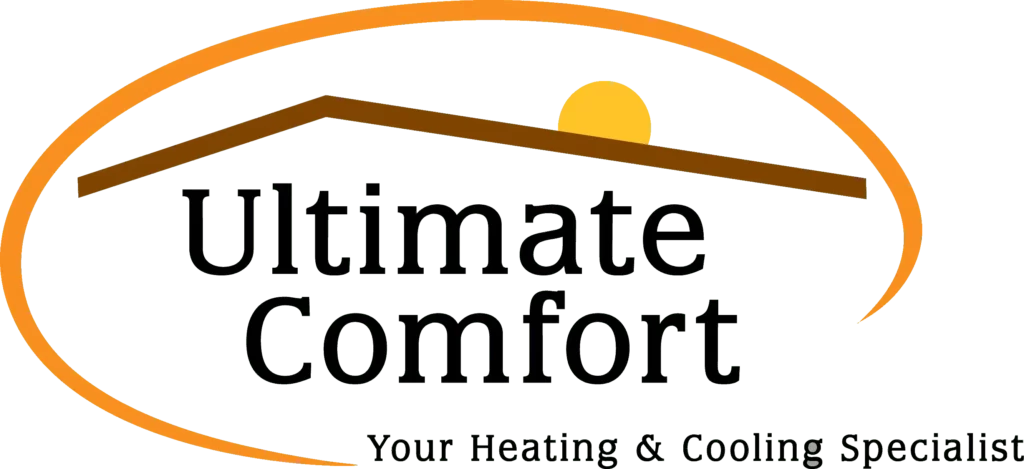If you are looking for a way to improve the indoor air quality in your home, using UV lights might be a good idea. If you are discovering the benefits of UV lights, you are in the right place. Read on to learn what they are and how UV lights improve indoor air quality.
Understanding the Role of UV Lights in Indoor Air Quality
UV lights function by emitting ultraviolet radiation that helps eliminate harmful microorganisms present in the air. This type of light falls into two categories: UVA and UVC. UVA, also known as long-wave UV, is present in sunlight, while UVC, or short-wave UV, has germicidal properties. When UVC light is emitted, it directly targets and destroys the DNA and RNA of bacteria, viruses, and other harmful pollutants, rendering them unable to reproduce or cause harm.
The primary purpose of UV lights is to reduce the concentration of airborne pollutants and improve indoor air quality. Research has shown that UV lights can effectively eliminate pathogens like tuberculosis, influenza, and COVID-19, including bacteria and viruses.
Additionally, UV lights also combat mold and mildew growth in HVAC systems. When moisture is present, mold and mildew can thrive, leading to musty odors and potential health issues. UV lights installed within HVAC air handling units sterilize the damp surfaces where mold and mildew often grow, preventing their proliferation and reducing the risk of allergic reactions and respiratory problems.
By installing UV lights in your HVAC system, you can create a hostile environment for pathogens, ensuring that the air circulating in your home or business is cleaner and healthier. UV lights have proven to be an effective and efficient method of improving indoor air quality, offering additional protection against airborne pollutants.
The Benefits of UV Lights in Improving Indoor Air Quality
Elimination of Harmful Airborne Pathogens
One of the significant benefits of UV lights is their ability to eliminate harmful airborne pathogens, including bacteria and viruses. As mentioned earlier, UVC light targets and destroys the DNA and RNA of these microorganisms, rendering them harmless. By effectively disinfecting the air, UV lights help reduce the risk of airborne illnesses, such as colds, flu, and respiratory infections.
Research conducted by the National Center for Biotechnology Information (NCBI) has shown that UV lights effectively inactivate various pathogens, including drug-resistant bacteria such as MRSA and drug-resistant tuberculosis. Their ability to deactivate these pathogens is essential, especially in healthcare settings, where the transmission of infectious diseases is a significant concern.
Reduction of Allergens
Allergens, such as pollen, pet dander, and dust mites, can trigger allergy symptoms or worsen respiratory conditions. UV lights have been proven effective in reducing the concentration of allergens in indoor spaces. By neutralizing these particles, UV lights create a cleaner and healthier environment for individuals with allergies or asthma.
According to a study published in the Journal of Applied Microbiology, UV light exposure significantly reduced the presence of airborne allergens, including Der p 1 (house dust mites), Fel d 1 (cat allergens), and Can f 1 (dog allergens). By implementing UV lights in your HVAC system, you can create a more allergen-free environment, allowing individuals with allergies or asthma to breathe easier and experience fewer symptoms.
Enhanced HVAC System Performance
A well-maintained HVAC system is crucial for optimal indoor air quality. When mold and mildew grow within the system, it can hinder its performance and lead to inefficiencies. UV lights help prevent mold and mildew growth by sterilizing the surfaces where they thrive. This results in a more efficient HVAC system improved airflow, and energy savings.
Mold and mildew can accumulate on cooling coils, drain pans, and other HVAC system components due to moisture. These substances impact the air quality and reduce the system’s efficiency, leading to higher energy consumption. By installing UV lights near these moisture-prone areas, you can inhibit the growth of mold and mildew and maintain the performance and energy efficiency of your HVAC system.
Factors to Consider When Using UV Lights for Indoor Air Quality
Placement of UV Lights
Proper placement of UV lights is crucial for their effectiveness. Placing the lights in strategic locations, such as in the HVAC air handling unit, helps ensure maximum exposure to the air passing through the system. This allows the UV lights to have maximum impact in reducing airborne pathogens and improving indoor air quality.
Consulting with a professional HVAC technician can help determine the ideal placement for UV lights in your specific setup. They can assess your system, identify potential areas prone to microbial growth, and recommend the most effective order for the UV lights. Proper placement ensures that the air circulating in your home or business is effectively treated, providing the best indoor air quality.
Maintenance and Replacement
Like any other HVAC system component, UV lights require regular maintenance. This includes cleaning and replacing the lights according to the manufacturer’s recommendations. Regular maintenance ensures optimal performance and longevity of the UV lights, allowing them to improve indoor air quality effectively.
Over time, dust, dirt, and other particles can accumulate on the surface of UV lights, reducing their effectiveness. Cleaning the lights helps ensure they can emit UV radiation at total capacity, effectively targeting and destroying harmful microorganisms in the air. UV lights have a limited lifespan and will eventually become less effective. Following the manufacturer’s recommended replacement schedule ensures that you always benefit from the full power of UV lights.
Safety Precautions
While UV lights are relatively safe when properly installed and used, following safety guidelines is essential. Direct exposure to UVC light can be harmful to human eyes and skin. Therefore, installing UV lights to eliminate direct exposure to occupants is crucial. Consulting with a professional HVAC technician with expertise in UV light installation is highly recommended.
Enjoy the Benefits of UV Lights
UV lights are an effective and powerful tool in improving indoor air quality. UV lights create a cleaner and healthier environment by eliminating harmful pathogens, reducing allergens, enhancing HVAC system performance, and controlling odors. However, proper placement, maintenance, and adherence to safety precautions are crucial when using UV lights.
Taking these factors into consideration will ensure optimal performance and long-term benefits. Invest in the power of UV lights and experience the difference in the air you breathe. Visit our website and contact our HVAC professionals today to learn more about how UV lights improve indoor air quality. Breathe easier and enjoy a healthier living and working environment.


